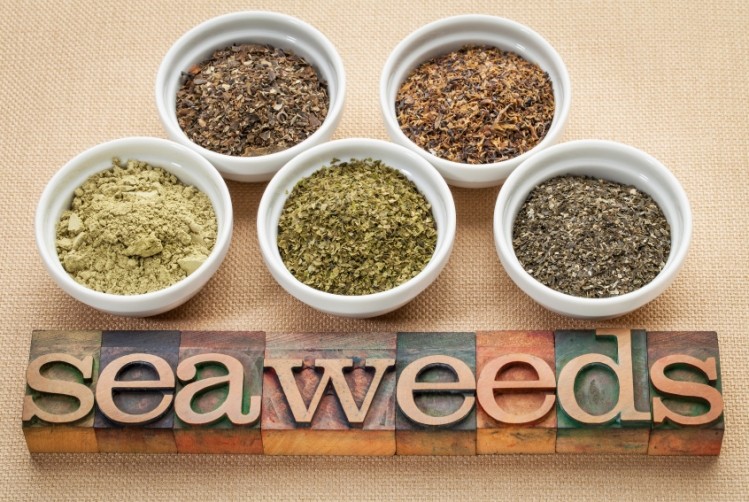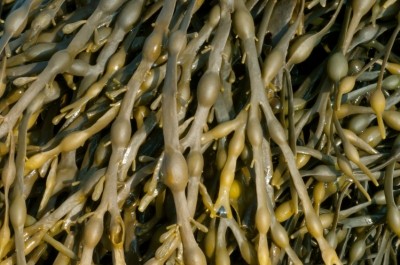Add seaweed to food to improve heart health, Danish researchers urge industry

University of Southern Denmark scientists reviewed evidence of the health effects of 35 different seaweed species in their paper published in the journal Phycologia.
They said seaweeds should be considered as a low calorie means of fortification with essential amino acids, dietary fibres, minerals, trace elements, vitamins and polyunsaturated fats with a favourable omega-3/omega-6 ratio as well as a low sodium salt replacer.
Cardiovascular diseases are the number one cause of premature death globally, according to the World Health Organisation (WHO).
An estimated 17.5 million people die each year from cardiovascular diseases – that’s about 31% of all deaths worldwide.
The researchers said while some intervention strategies were being put in place to tackle this and underlying risk factors like obesity, diabetes and hypertension, a “broader, more universal approach” was needed – and the food industry had to take greater responsibility for its role within that.
Peddling junk food
“The proliferation and ready availability of high-calorie, nutrient-poor foods and the powerful marketing tools used by multinational food companies seriously compromise the health and wellness potential of a significant proportion of the global population,” they wrote.
“If all these foods could be made even moderately healthier, perhaps even functional, by the addition of specific seaweeds, then an effective and long-term intervention strategy for pathologies related to CVD could be initiated,” they later concluded.
The WHO recommends no more than two grams of sodium, or five grams of salt, per day but the actual daily salt consumption in most European countries is estimated at between eight to 12 grams per day – with about 75% of that coming from processed food.
Adding edible seaweeds to products could be one way for the food industry to step up to that public health mark.
“The favourable therapeutic impact dietary macroalgae could have by the provision of robust antioxidant suites, macro- and micronutritional elements, fibre content, and fatty acid profiles makes seaweeds viable and important contenders for involuntary intervention strategies related to food manufacturing.”
Spotting the difference
However Professor Ole Mouritsen, one of the researchers behind the report, said this did not mean seaweed should be used to create ‘health halos’ over junk food.
“Our statement that adding seaweeds to fast food and junk food could be favourable from a health [perspective] should also not be seen as a defence for junk food at all.
“I would certainly not like to see junk food be advertised as healthy because it contains some small amount of seaweeds. At best one could say that it is less unhealthy,” he told NutraIngredients.
The paper itself highlighted this danger, pointing to 2012 research that suggested consumers were unable to distinguish between nutritionally rich and nutritionally poor ‘functional’ foods.
An eye opener
Instead Mouritsen said the review should be taken as an “eye opener” since despite their bountiful health benefits, seaweeds are all but absent from western diets.
The advantage of seaweed was also that it could be stored for months or years without loss of flavour and nutritional value, he said, and could be added to a range of foods as powder, granules or bigger pieces.
“The textural and flavour opportunities for utilising macroalgae in the daily diet appear to be abundant, and the nutritional benefits are clear. Future research initiatives will see the development of novel and healthful seaweed-enhanced foods,” the researchers predicted.
Source: Phycologia
Vol. 54, No. 6, pp. 649-666, DOI: 10.2216/15-77.1
“A role for dietary macroalgae in the amelioration of certain risk factors associated with cardiovascular disease”
Authors: M. L. Cornish, A. T. Critchley and O. G. Mouritsen

















